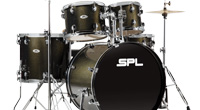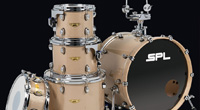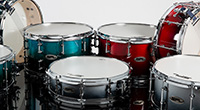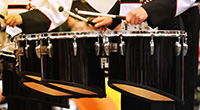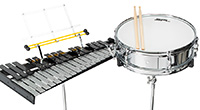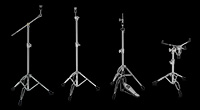Drum Construction
In addition to the type of wood a drum is made from, other factors such as diameter and shell depth, bearing edges, number of plies, overall thickness, and reinforcement hoops are important factors in determining a shell’s sound and durability.
The wider the drum, the lower its natural pitch. The deeper the drum, the stronger its natural resonance. Stronger resonance means longer sustain. It also means a narrow, pronounced sweet spot – where the pitch of the head and the resonance of the air inside the drum coincide – which can restrict the tuning range. A shallow drum has a broader, less pronounced sweet spot, allowing a wider tuning range so drummers have the ability to tune their drum according to the genre they want to play – often a higher pitch for jazz or a lower pitch for rock.
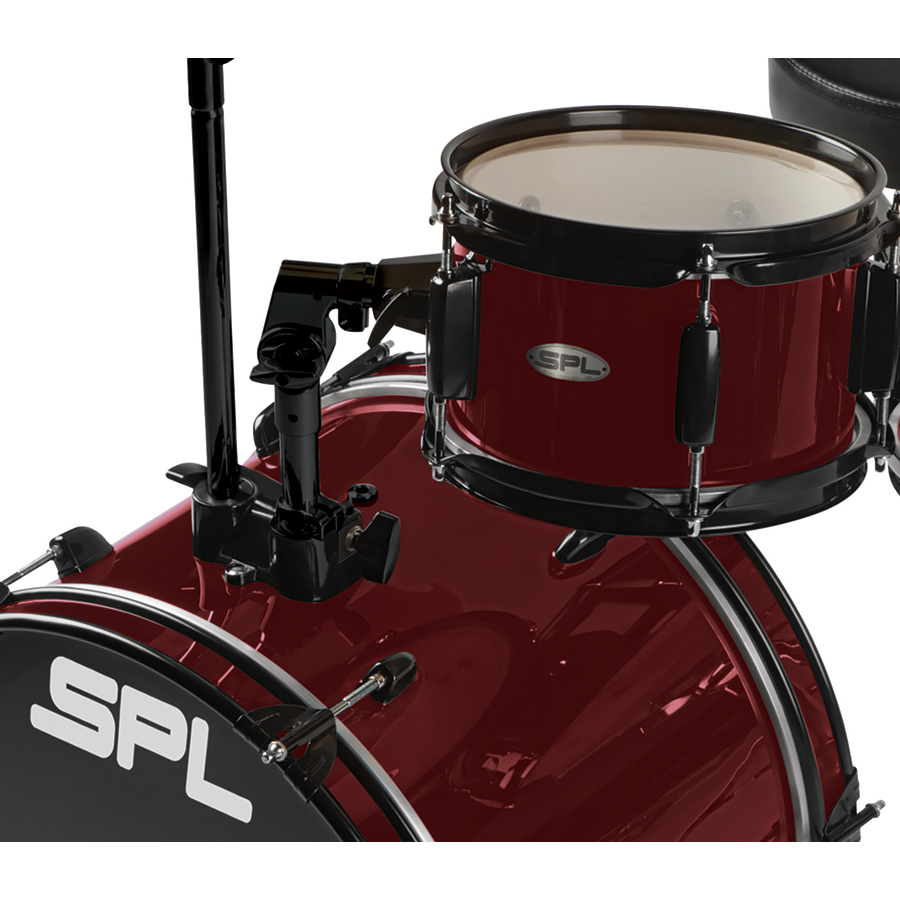
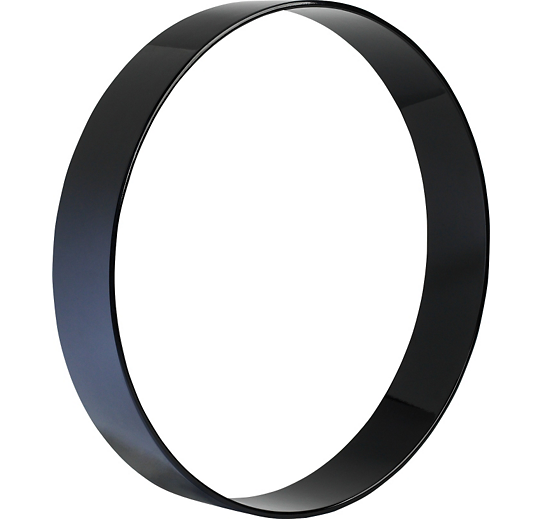
Bearing edges (where the head and shell make contact) are generally angled around 45 degrees, but the variation of the angle has a noticeable influence on sound. Smaller angled (sharper) bearing edges are typically used by Rock drummers looking for a bright sound and longer sustain. Jazz drummers tend to prefer a rounder bearing edge for a mellower and warmer sound with less sustain.
The number of shell plies, as well as their thickness, affects tone. Adding extra plies and increasing a shell’s thickness stresses high frequencies in the sound but offers less resonance. More plies in a shell of the same thickness will give the drum a tighter sound and reduced sustain – often heard in Reggae and Ska music. On the other hand, a solid shell (one single ply) provides quicker response with greater sustain.
Reinforcement hoops – those extra wood bands found near the top and bottom of some drum shells –increase the strength of a shell. They also raise pitch, lower sustain, and increase articulation and projection. Studio drummers tend to use drums with reinforcement hoops to better control the sound. Musicians who are often on the road favor reinforcement hoops for the durability they add to the shells.


